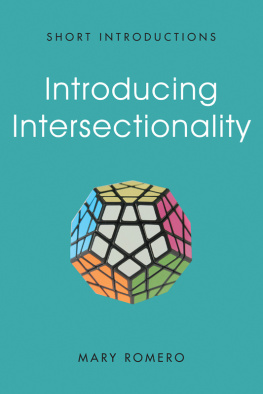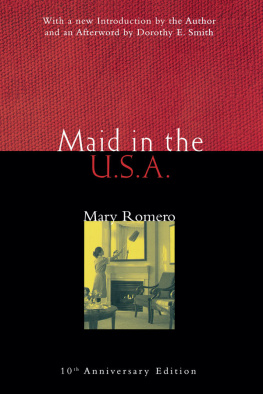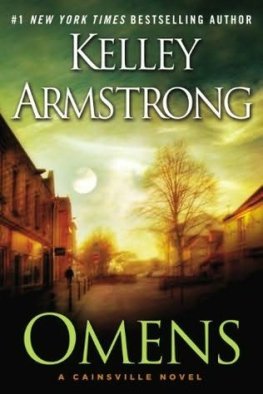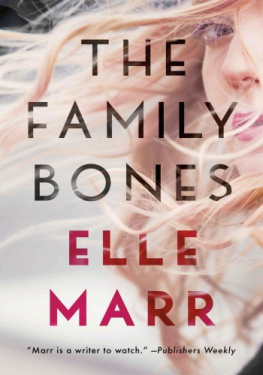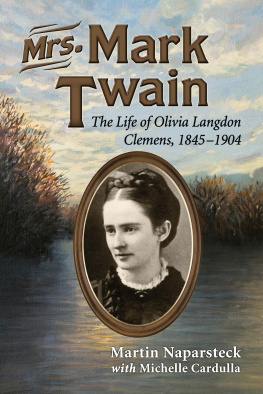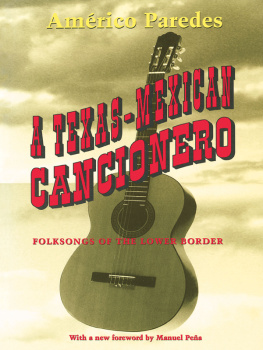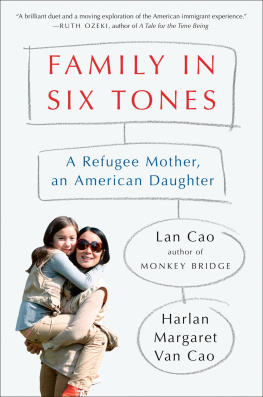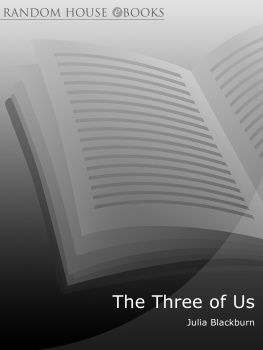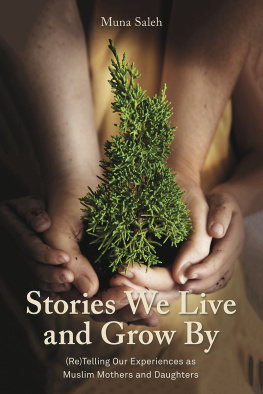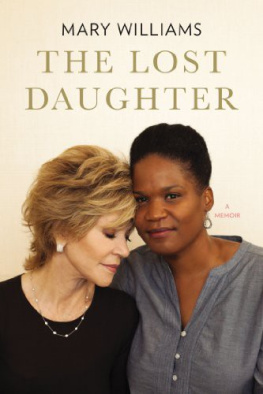Mary Romero - The Maids Daughter: Living Inside and Outside the American Dream
Here you can read online Mary Romero - The Maids Daughter: Living Inside and Outside the American Dream full text of the book (entire story) in english for free. Download pdf and epub, get meaning, cover and reviews about this ebook. year: 2011, publisher: NYU Press, genre: Home and family. Description of the work, (preface) as well as reviews are available. Best literature library LitArk.com created for fans of good reading and offers a wide selection of genres:
Romance novel
Science fiction
Adventure
Detective
Science
History
Home and family
Prose
Art
Politics
Computer
Non-fiction
Religion
Business
Children
Humor
Choose a favorite category and find really read worthwhile books. Enjoy immersion in the world of imagination, feel the emotions of the characters or learn something new for yourself, make an fascinating discovery.

- Book:The Maids Daughter: Living Inside and Outside the American Dream
- Author:
- Publisher:NYU Press
- Genre:
- Year:2011
- Rating:4 / 5
- Favourites:Add to favourites
- Your mark:
The Maids Daughter: Living Inside and Outside the American Dream: summary, description and annotation
We offer to read an annotation, description, summary or preface (depends on what the author of the book "The Maids Daughter: Living Inside and Outside the American Dream" wrote himself). If you haven't found the necessary information about the book — write in the comments, we will try to find it.
2012 Americo Paredes Book Award Winner for Non-Fiction presented by the Center for Mexican American Studies at South Texas College
Selected as a 2012 Outstanding Title by AAUP University Press Books for Public and Secondary School Libraries
A complex rendering of the upbringing of Oliviathe daughter of a live-in maid to a wealthy family
This is Olivias story. Born in Los Angeles, she is taken to Mexico to live with her extended family until the age of three. Olivia then returns to L.A. to live with her mother, Carmen, the live-in maid to a wealthy family. Mother and daughter sleep in the maids room, just off the kitchen. Olivia is raised alongside the other children of the family. She goes to school with them, eats meals with them, and is taken shopping for clothes with them. She is like a member of the family. Except she is not.
Based on over twenty years of research, noted scholar Mary Romero brings Olivias remarkable story to life. We watch as she grows up among the children of privilege, struggles through adolescence, declares her independence and eventually goes off to college and becomes a successful professional. Much of this extraordinary story is told in Olivias voice and we hear of both her triumphs and setbacks. We come to understand the painful realization of wanting to claim a Mexican heritage that is in many ways not her own and of her constant struggle to come to terms with the great contradictions in her life.
In The Maids Daughter, Mary Romero explores this complex story about belonging, identity, and resistance, illustrating Olivias challenge to establish her sense of identity, and the patterns of inclusion and exclusion in her life. Romero points to the hidden costs of paid domestic labor that are transferred to the families of private household workers and nannies, and shows how everyday routines are important in maintaining and assuring that various forms of privilege are passed on from one generation to another. Through Olivias story, Romero shows how mythologies of meritocracy, the land of opportunity, and the American dream remain firmly in place while simultaneously erasing injustices and the struggles of the working poor.
Mary Romero: author's other books
Who wrote The Maids Daughter: Living Inside and Outside the American Dream? Find out the surname, the name of the author of the book and a list of all author's works by series.

